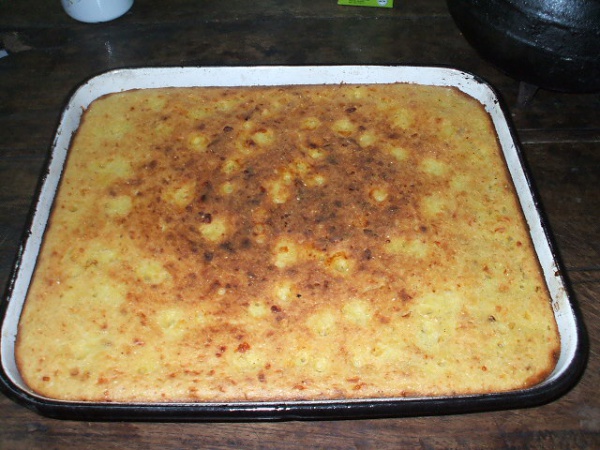Facts About Sopa paraguaya
Sopa Paraguaya: The Delightful Cornbread of Paraguay
Sopa Paraguaya, or Paraguayan soup, is a cherished traditional dish native to Paraguay and also enjoyed in regions of Argentina and Brazil. Despite its name suggesting a liquid consistency, it is more akin to a cornbread, crafted from ingredients such as corn flour, cheese, and milk or whey. This dense, cake-like creation is rich in calories and protein, making it incredibly satiating.
The dish represents a harmonious blend of Guaraní and Spanish culinary traditions. The Guaraní people originally prepared doughy foods using corn or manioc flour. With the arrival of the Spanish, ingredients like cheese, eggs, and milk were introduced, transforming the dish into the Sopa Paraguaya we recognize today. While it shares some similarities with another corn-based dish called chipahuazu or chipaguazú, there are distinct differences in ingredients and texture.
Legend has it that Sopa Paraguaya was born from a fortunate accident. A cook, tasked with preparing a white soup for Don Carlos Antonio López, Paraguay's first constitutional president, mistakenly added excessive corn flour. The result was a thick mixture that was baked in a rustic Guarani oven, resulting in a "solid soup" that Don Carlos adored and named "sopa paraguaya."
The traditional recipe includes onions, water, coarse salt, pork fat, eggs, fresh cheese, corn flour, curd or fresh milk, and cream. Variations, such as "sopa paraguaya de estancia" modify ingredient quantities to achieve different textures.
To prepare Sopa Paraguaya, begin by slicing and boiling the onions. Next, whip together pork fat, eggs, and cheese. Add the boiled onions along with their water, gradually mix in the corn flour, followed by milk and cream. Finally, bake the mixture in a greased pan in a hot oven until done.
Sopa Paraguaya is more than a mere dish; it is a slice of history and a testament to the fusion of indigenous and colonial culinary traditions in Paraguay. Its rich flavors and hearty nature make it a favorite at gatherings and a staple in Paraguayan cuisine.

 Bolivia
Bolivia